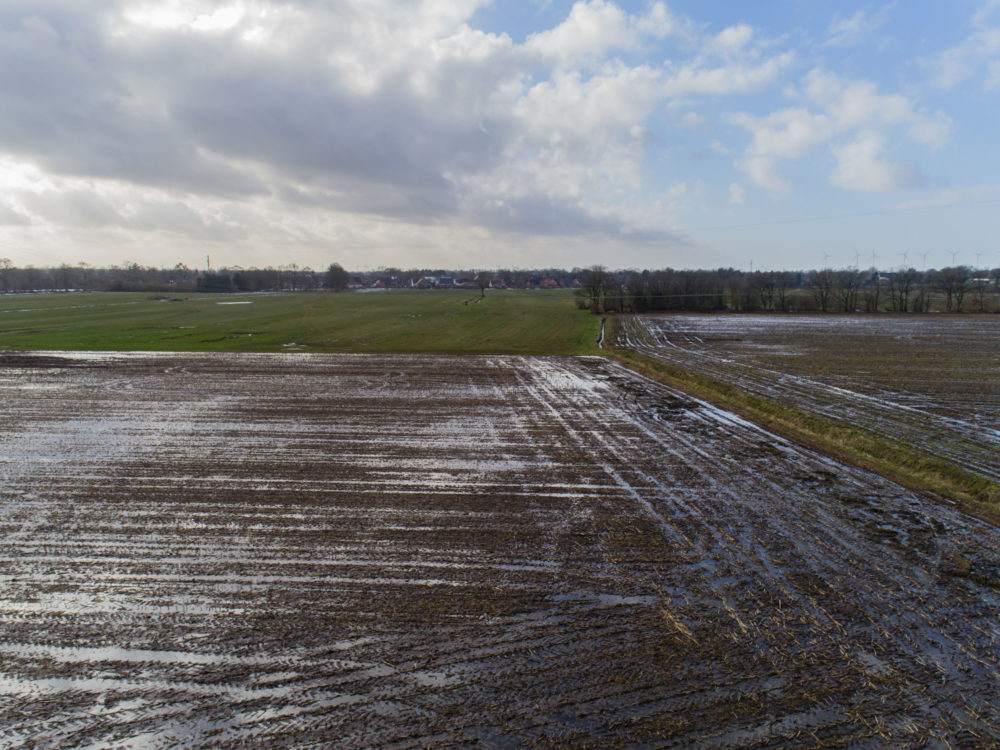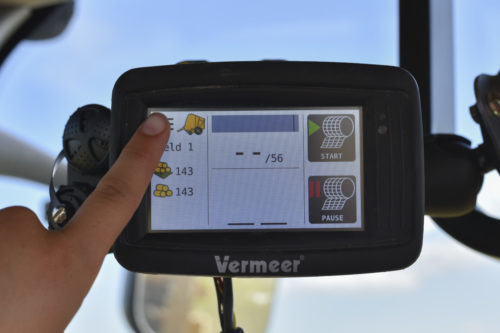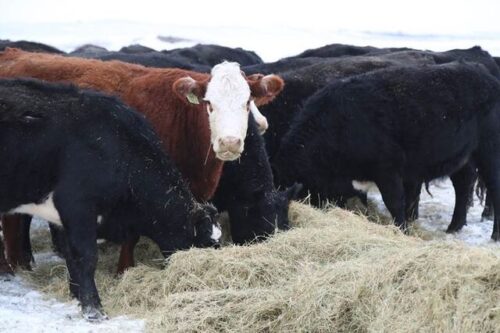
4 steps to successfully help manage risk on your farm
November 2019
Risk is a familiar term for anyone who raises row crops, forage, livestock or just about any other agricultural commodity. Though many consider it a component to any type of ag operation, farmers and ranchers historically have had myriad attitudes about risk – namely how much they’re able to tolerate in managing production.
Every producer has a risk management strategy, whether it’s in his or her mind or documented and integrated into every step of crop or livestock production. Chances are, that strategy is based on general attitudes that stretch beyond the farm gate. Assessing that attitude in everything from production to marketing is a critical first step in creating a comprehensive risk management strategy.
Step 1: Identify risk types
Making an accurate assessment to be integrated into a broader risk management strategy starts with identifying the different ones facing your operation. There are five basic risk types ag producers face:
-
- Production: Pertains to crop/livestock yield or output impacted by uncontrollable factors like Mother Nature
- Marketing: Relates to the process of turning production into financial gain
- Financial: Encompasses risks to basic monetary performance of an operation
- Legal: Involves the implications of things like loan repayment, production safety and contracted sales
- Human: Relates to any personal issues on the operation from health care to succession planning.
A comprehensive risk management strategy should account for those specific risk types to your operation as well as the likelihood each one will have adverse effects on your operation’s performance, according to a report from a team of Extension economists and management specialists led by Rod Sharp. Sharp is currently a senior agriculture industry specialist at Wells Fargo Bank in Grand Junction, Colorado, a former agriculture and business management economist with Colorado State University Extension and co-author of Introduction to Risk Management along with co-authors Laurence Crane, Gene Gantz, Steve Isaacs and Doug Jose.
Thinking about these specific types — and acknowledging there is a lot of variability and potential downside in each one — this is the first step in identifying your attitudes that will ultimately be foundational to the right comprehensive risk management strategy for your operation, according to Sharp’s report.
“Variability of outcomes is generally associated with risk, and riskier situations typically have greater variability of outcomes,” according to Introduction to Risk Management. “The probabilities of outcomes translate into the financial impact of those various possible outcomes. For example, the probability of a specific crop yield will result in a specific net income. Measuring risks includes an assessment of the probabilities of the possible outcomes and the impact of each outcome.”

Once you’ve identified the most likely risks on your operation, the next step in creating an effective management strategy is identifying your preferences. Most producers identify as either tolerant, neutral or averse, though attitudes vary depending on the degree to which could affect the livelihood of an operation. Answer questions like these to determine whether you’re risk-averse, risk-neutral or risk-tolerant:
-
- Do you consider yourself cautious?
- Are you willing to give up income potential to avoid risk?
- What’s more important to you: maintaining stability or maximizing reward?
- Do you enjoy challenges?
- Do you enjoy speculating in the marketplace?
For example, do you find yourself thinking about your grain marketing strategy more in terms of protecting yourself and your operation from downside risk than you do in terms of generating additional revenue? If that’s the case, you’re likely more risk-averse. Tying specific tactical components of how you operate and manage your farm or ranch specific to your financial expectations can help clarify your attitude and enable you to reach the optimal management strategy.
“Risk-averse producers are the most cautious risk takers. They may value safety, stability or financial survival more than an opportunity for higher profits. Risk-neutral producers understand they must take some chances to get ahead but recognize that there are degrees of risk in every situation,” according to Sharp’s report. “Risk-preferring individuals enjoy risk as challenging and exciting and look for the chance to take risks.”
Step 3: Set goals
Once you have identified the risks facing your operation and your tolerance to them, it’s time to establish goals for management. Goals should be SMART: specific, measurable, attainable, relevant and timely. It’s important to set goals influenced only by what you can specifically control. That can be difficult in agriculture when influenced by variables like weather and outside market factors. Setting specific crop input budget is one example of a SMART goal.
"Care should be taken to set goals over areas where one has as much control as possible."“Care should be taken to set goals over areas where one has as much control as possible. Nothing is as discouraging and counterproductive to goal setting as failing to achieve a goal for reasons beyond your control,” according to Sharp’s report. “If goals are set on performance or skills to be acquired, then control over achievement is maintained.”
Step 4: Find the right tools and help
Once you’ve got a clear idea of the goals of your risk management strategy, it’s time to match those goals with the specific tactics, products and services you can employ to accomplish them. The types and levels of protection you integrate into your strategy are a reflection of general attitudes and comprise a range of tools from disease-preventing livestock medications to annual crop insurance policies and forward-pricing grain as part of a marketing plan.
Finally, it’s important to align whatever risk management tools you integrate into your operation with the right people who can help ensure they’re doing their job. Professionals like Extension educators, insurance agents, production and marketing specialists, ag lenders and attorneys all have specific areas of expertise germane to building a risk management strategy and can be sought for input throughout the process. Their input on specific components of the strategy you build can help ensure you’re meeting your goals and working through the right levels of risk.
See more on how to account for different risks on your operation.
This article contains third-party observations, advice or experiences that do not necessarily reflect the opinions of Vermeer Corporation, its affiliates or its dealers. Individual results may vary based on care and operation of machine and crop and field conditions, which may adversely affect performance.
Vermeer Corporation reserves the right to make changes in engineering, design and specifications; add improvements; or discontinue manufacturing at any time without notice or obligation.
Equipment shown is for illustrative purposes only and may display optional accessories or components specific to their global region. Please contact your local Vermeer dealer for more information on machine specifications.
Vermeer and the Vermeer logo are trademarks of Vermeer Manufacturing Company in the U.S. and/or other countries.
© 2019 Vermeer Corporation. All Rights Reserved.






